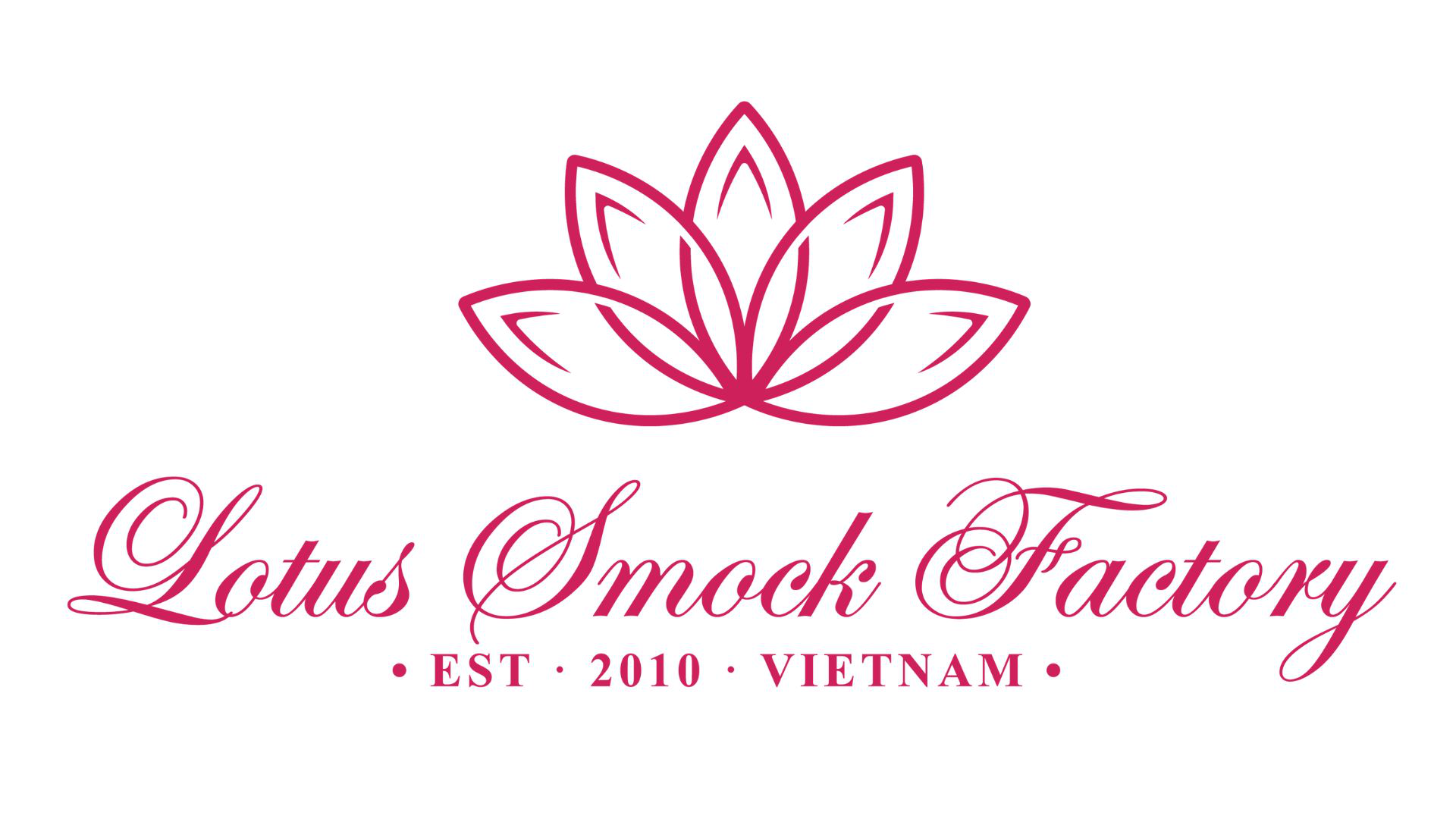How Many Baby Clothes Do I Need First Year?
How many baby clothes do I need first year? The answer depends on your baby’s growth, washing habits, and climate. Babies change sizes fast and go through several outfits each day. A well-planned wardrobe keeps your baby comfortable without overbuying.
In this guide, you’ll find simple numbers for each age range from newborn to 12 months, plus tips on fabric, season, and budget. Let’s plan your baby’s first year of clothes step by step.
1. Understanding Baby Clothes Needs in the First Year
Your baby’s first year comes with rapid growth and constant outfit changes. Planning the first year baby wardrobe helps you stay prepared without overbuying. Most babies move through four to six clothing sizes between birth and 12 months, so flexibility matters more than quantity.
Here’s how clothing sizes usually progress:
- Newborn (NB): For the first few weeks, fits babies up to about 4 kg.
- 0–3 months: Used for the first two to three months; still a high-rotation stage with many outfit changes.
- 3–6 months: Babies start moving more and spitting up less. Clothes last longer before replacement.
- 6–9 months: The crawling phase begins. Expect more stains and frequent washing.
- 9–12 months: Growth slows slightly, but clothes still need to handle daily activity and mess.
By 12 months, most babies have tripled their birth weight, which means every size stage passes quickly. Your baby will likely need new outfits every 2–3 months, even sooner during growth spurts.
Daily life also affects how many clothes you need. Spit-ups, diaper leaks, and feeding messes mean frequent changes. The more often you do laundry, the fewer items you need in rotation. Families who wash daily can manage with fewer outfits, while those who wash once or twice a week will need extras.
Building a baby outfit checklist with soft, easy-to-change pieces keeps dressing simple and stress-free.
=>>> Read more: How Do You Dress a Newborn in Summer? Expert Tips for Day, Night, and Outdoor Wear
2. Baby Clothes Checklist by Age Group
Your baby’s wardrobe changes quickly during the first year. Each stage brings different needs for comfort, growth, and daily routines. Use this simple baby clothes checklist to plan for every size range, from newborn to 12 months.
2.1. Newborn to 3 Months
The first three months are the busiest for outfit changes. Expect 2–3 clothing changes a day due to spit-ups, diaper leaks, and daily washing. Choose soft, breathable fabrics that make dressing easy.
Recommended:
- Onesies/Bodysuits: 10–14
- Sleepers/Pajamas: 10–12
- Pants/Leggings: 6–8
- Socks: 6–7 pairs
- Hats: 2–3
- Swaddles: 3–5
Babies grow fast during this stage, so avoid buying too many newborn sizes. Move to 0–3 month sizes early if your baby is over 3.6 kg at birth.
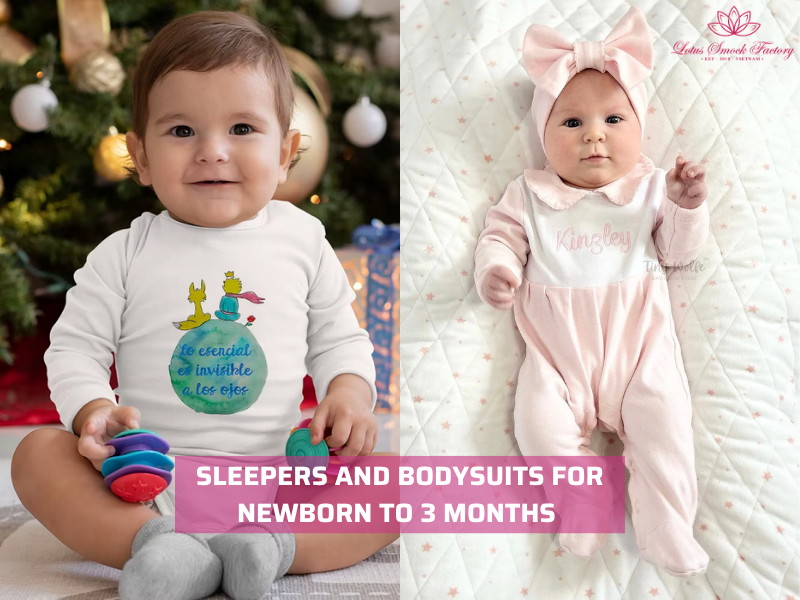
2.2. 3 to 6 Months
Growth begins to slow slightly, and outfit changes become less frequent. Babies still need a mix of comfy, easy-to-wash clothes. Add layers for cooler weather and keep extra bibs for drooling or feeding.
Recommended:
- Onesies: 7–10
- Sleepers: 7–8
- Jackets/Cardigans: 2–3
- Pants/Leggings: 5–6
- Socks: 5 pairs
- Bibs: 4–6
At this stage, start mixing short- and long-sleeve outfits so your baby can stay comfortable across changing temperatures.
2.3. 6 to 12 Months
From crawling to first steps, clothes get dirtier and wear out faster. Choose durable fabrics that can handle movement and frequent washing. Seasonal adjustments also matter — lighter cottons in summer and layered sets in winter.
Recommended:
- Onesies: 7–8
- Sleepers: 7–8
- Pants/Shorts: 4–6
- Socks: 5–7 pairs
- Sweaters/Jackets: 2–3
- Sleep Sacks: 1–2
Add a few seasonal pieces like sun hats, light jackets, or warm rompers based on your climate. A balanced baby clothes checklist for the first year keeps your baby comfortable through every growth stage without overstocking.
=>>> Read more: How Do You Dress a Newborn in Winter? A Complete Guide for Warmth & Safety
3. Adjusting Baby Clothes by Climate and Lifestyle
Your baby’s clothing needs depend not only on age but also on climate and daily routine. A baby living in a warm, tropical area will need light, breathable fabrics, while one in a colder region will need cozy layers and protective outerwear. The number of outfits also changes based on how often you do laundry.
3.1. Warm Climates (Tropical Regions)
In hot or humid weather, comfort and breathability come first. Choose lightweight cotton or bamboo fabrics that allow air circulation. Avoid fleece or heavy materials that trap heat.
Tips for warm weather:
- Use short-sleeve onesies or sleeveless rompers.
- Skip thick jackets and layers.
- Add extra onesies (2–4 more) for frequent changes caused by sweat or humidity.
- Keep baby out of direct sunlight; use light hats and soft cotton blankets for coverage.
3.2. Cold Climates
Babies in colder areas need layers to stay warm indoors and outside. Choose soft knitwear, flannel, or fleece-lined cotton that keeps body temperature steady.
Add these outerwear items:
- Jackets: 1–2
- Snowsuits or winter rompers: 1–2
- Beanies and mittens: 2–3 sets
Dress your baby in layers you can remove indoors to avoid overheating. Always keep the layer closest to the skin breathable; cotton works best.
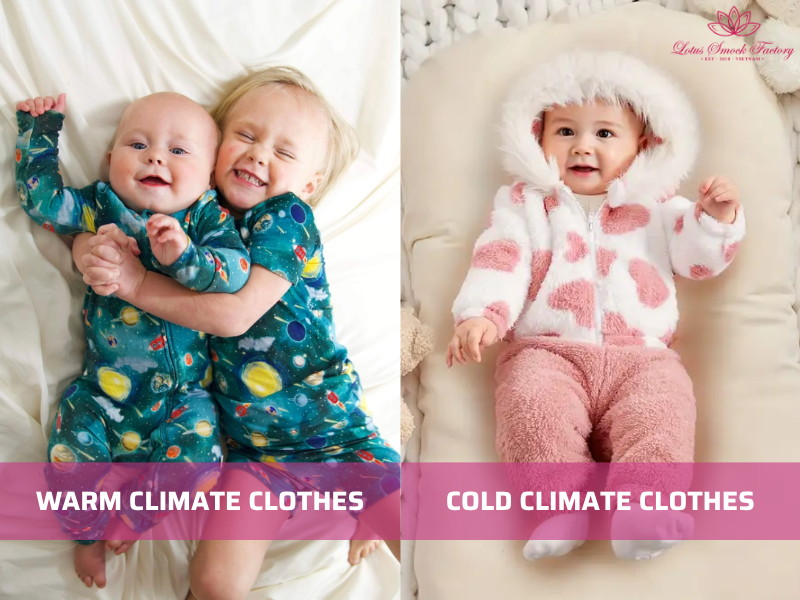
3.3. Laundry Frequency and Clothing Quantity
How often you do laundry changes how many baby clothes you need. Families who wash more frequently can buy fewer pieces, while those who wash weekly will need extra outfits to cover the gap.
| Washing Frequency | Onesies | Sleepers | Pants |
| Daily | 6–8 | 6–8 | 4 |
| Every 3 days | 10–12 | 10–12 | 6 |
| Once a week | 14–16 | 14–16 | 8 |
Adjusting your baby’s clothes plan to your environment and lifestyle helps you balance comfort and practicality. By matching fabric type and outfit count to your local weather and laundry routine, you’ll keep your baby cozy, without filling the closet unnecessarily.
4. Minimalist vs Full Baby Wardrobe Plan
Every family has a different lifestyle, space, and laundry routine, which means the ideal number of baby clothes also varies. Whether you prefer a minimalist or full wardrobe, the goal is to keep your baby comfortable while staying practical about washing and storage.
| Style | Total Outfits | Laundry Frequency | Ideal For |
| Minimalist | 25–30 pieces | Wash every 2–3 days | Parents with small space or sustainable living goals |
| Balanced | 40–45 pieces | Wash twice a week | Typical families |
| Generous | 55–60+ pieces | Wash once weekly | Families with less time or colder climates |
- A minimalist wardrobe works well for parents who wash clothes frequently or live in warm climates where outfits dry quickly. Choose versatile pieces like onesies and rompers that mix easily between day and sleepwear.
- A balanced wardrobe fits most families. It provides enough variety to handle daily messes without overloading your drawers. Stick with soft cotton basics, a few seasonal layers, and spare sleepers for unexpected laundry delays.
- A generous wardrobe suits colder climates or busy households that wash once a week. The extra outfits reduce laundry stress and cover layering needs during winter.
As your baby grows, adjust clothing quantities every 2–3 months. Replace smaller sizes, add seasonal pieces, and donate outgrown items to make space. A flexible wardrobe plan keeps your baby dressed comfortably all year while preventing clutter and waste.
5. How to Choose Baby Clothes That Last
Choosing quality baby clothes saves money and keeps your baby comfortable through every stage of growth. Instead of buying many short-lived outfits, focus on materials and designs that stay soft, strong, and flexible over time.
- Choose natural and breathable fabrics
Go for organic cotton, bamboo, or linen. These fabrics are soft, absorbent, and gentle on your baby’s skin. They also help regulate body temperature, keeping your baby cool in summer and warm in winter.
- Avoid harsh dyes or rough seams
Some dyes or synthetic fabrics can irritate sensitive skin. Always check for certified baby-safe fabrics and avoid clothes with scratchy seams, tags, or stiff embroidery. Smooth stitching and soft lining keep your baby more comfortable all day.
- Look for expandable and adjustable sizes
Babies grow fast, and clothes with double snaps, foldable cuffs, or stretchy fabric can fit for longer. These small design details help each piece last across two or three size ranges, reducing the need for frequent replacements.
- Pick transitional, durable designs
Simple pieces like neutral onesies, cotton leggings, and light cardigans mix easily across seasons. They pair well with new sizes and seasonal layers, creating a flexible baby wardrobe that grows with your child.
Buying durable baby fabrics and organic baby apparel gives you better long-term value and supports your baby’s comfort every day, a smart choice for both parents and the planet.
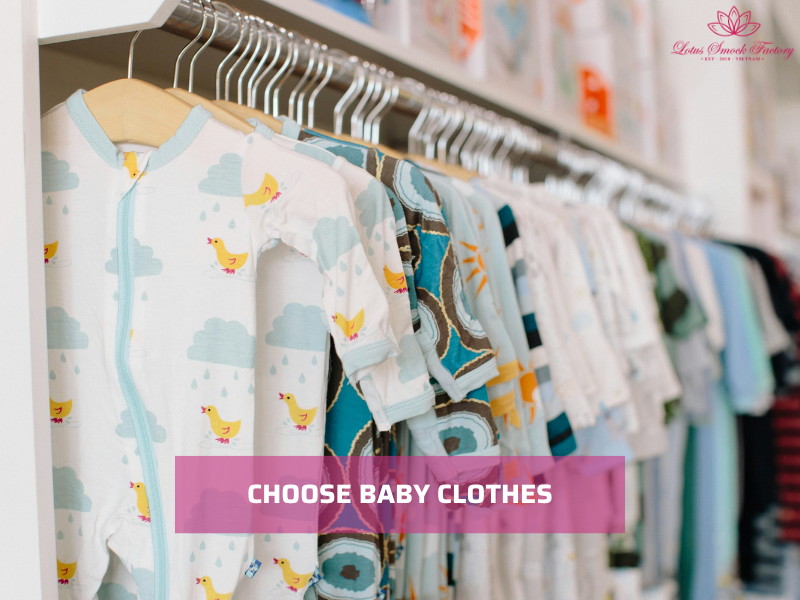
6. Cost Breakdown: First-Year Baby Wardrobe Budget
Building your baby’s first-year wardrobe doesn’t need to be expensive. The key is balancing quality and practicality, choosing items that last through multiple washes and size changes. Here’s a simple cost breakdown to help you plan your baby clothing budget for the first 12 months.
| Category | Average Price (USD) | Quantity | Estimated Total |
| Onesies | $8 | 12 | $96 |
| Sleepers | $12 | 10 | $120 |
| Pants/Leggings | $10 | 6 | $60 |
| Outerwear | $25 | 2 | $50 |
| Socks & Accessories | $3 | 8 | $24 |
| Total Estimated Cost | $350–$400 |
This estimate covers essential daily wear, seasonal layers, and a few accessories. The total may vary based on brand, material, and local pricing.
Tip: Focus on mid-range, durable baby clothes instead of buying large quantities of cheaper items. Well-made outfits often last through multiple growth stages and can be reused for future siblings or resold. Choosing quality baby clothing made from breathable cotton or bamboo gives better comfort and long-term value — saving you money in the long run.
=>>> Read more: Difference Between Sleepsuit and Babygrow – What Parents and Boutiques Should Know
7. Common Mistakes When Buying Baby Clothes
Many parents buy baby clothes with excitement, but end up with drawers full of outfits their baby never wears. Knowing the common mistakes helps you save money and build a wardrobe that truly fits your baby’s needs. Here’s what to avoid and how to fix it.
- Buying too many newborn sizes
Newborn clothes fit for only a few weeks. Babies often outgrow them before you use everything.
You should buy 1–2 outfits in newborn size and focus more on 0–3 month clothing that lasts longer.
- Ignoring the climate or fabric type
Heavy fleece in tropical weather or thin cotton in winter can make your baby uncomfortable.
Choose lightweight cotton for warm areas and layered cotton or knit fabrics for cooler regions. Match your wardrobe plan to your local climate.
- Forgetting laundry habits
The number of clothes you need depends on how often you wash. Washing once a week means you’ll need more items on hand.
To solve it, adjust your wardrobe count by laundry routine — daily washing needs 6–8 onesies, while weekly washing may need 14–16.
- Choosing style over comfort
Fancy designs with buttons, sequins, or tight cuffs can irritate your baby’s skin or make dressing harder.
You pick simple, soft outfits with easy snaps or zippers. Prioritize comfort and practicality for daily use.
- Not planning for seasonal transitions
Babies grow quickly, and clothes for one season may not fit the next.
You can buy transitional pieces light jackets, stretchy leggings, and short-sleeve onesies that work across multiple seasons.
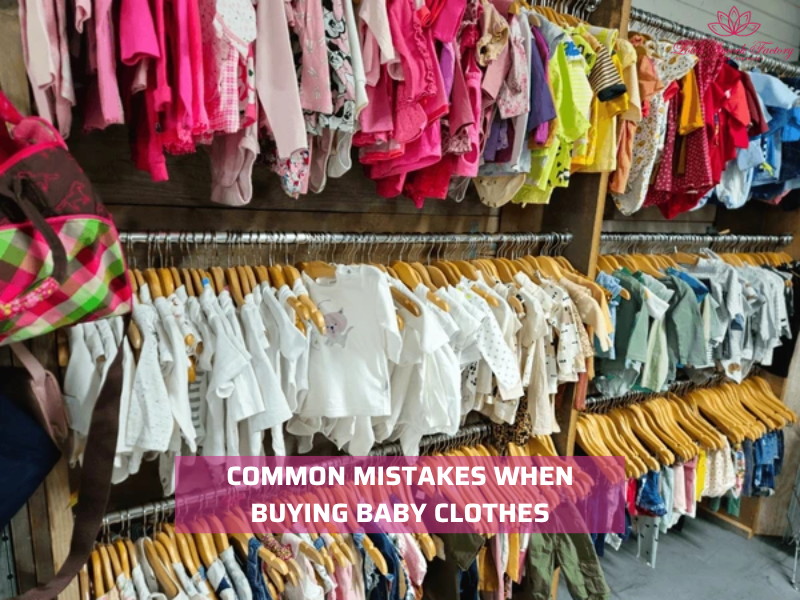
8. FAQs
Parents often have the same questions when building a baby wardrobe for the first year. Here are straightforward answers to help you plan smart, save money, and keep your baby comfortable every day.
How many baby clothes do I need for each size?
You’ll need around 10–14 onesies and 8–10 sleepers per size range. Add 4–6 pairs of pants or leggings and 5–7 pairs of socks. The exact number depends on how often you do laundry and your baby’s habits.
Should I buy newborn clothes or go straight to 0–3 months?
If your baby’s estimated birth weight is above 3.6 kg, you can skip most newborn sizes. Start with 0–3 month outfits that fit longer and allow room to grow. Buy only a few newborn pieces for the first weeks.
How often should I replace baby clothes?
Replace clothes every 2–3 months during the first year. Babies grow fast and may outgrow sizes even sooner. Check fit regularly, especially around the chest, shoulders, and legs. Clothes that are too tight can restrict movement and comfort.
How can I save money on baby clothes?
Buy multipacks for everyday items like onesies and pajamas. Choose expandable or adjustable designs that last across two size ranges. Mix new and second-hand pieces for better value, many gently used baby clothes look brand new.
What fabrics are best for baby clothing?
The best materials are cotton and bamboo. These fabrics are soft, breathable, and gentle on newborn skin. Avoid synthetic fabrics or harsh dyes that can cause irritation. Organic cotton is ideal if you want long-lasting, skin-friendly comfort.
9. Final Words
How many baby clothes do I need first year? The amount is 40 to 60 pieces, adjusted for size, season, and laundry routine. Focus on soft, breathable fabrics and buy in stages as your baby grows. Avoid stocking too many newborn outfits and choose clothes that last through several months of wear.
Planning helps you save money and reduce stress. Start building your baby’s first-year wardrobe today with thoughtful choices that fit every milestone.
